|
Set Up an Appointment to See Our New
HD Security
Cameras!
- Call Dan at 850-348-7788
Security Camera Explained
The two types of security camera systems:
Analog Cameras - conventional security / CCTV
cameras that use coax cables and transmit an analog video
signal. Usually these are low quality but can now be
upgraded to 2 Mega pixel HD-SDI cameras if the right cable is in
place and with a new DVR (Digital Video Recorder)
IP or Network Cameras - newer cameras that
digitize the video signal and send it over a computer network.
These can be very high quality and usually cost more but have a
lot more adjustments, etc. Video is recorded to an NVR
(Network Video Recorder)
Camera resolution:
CIF or 1/4 CIF (even smaller) is what most
existing analog systems record at. The new HD-SDI analog
systems record at around 2 Mega pixels (2MP). Some IP or
Network cameras record at 5MP and more.
The higher the resolution the better the picture
to zoom in on digitally. For example here is a picture
showing the difference in pixel density. More pixels means
a better picture.
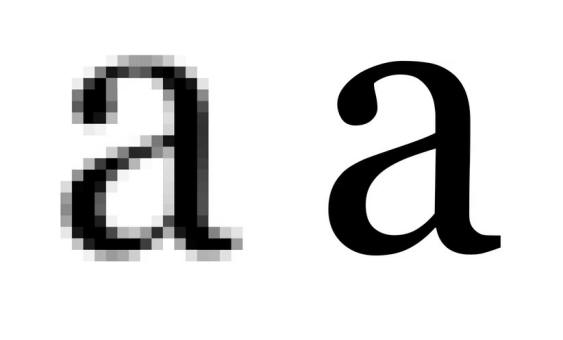
The image below shows another comparison.

Below is an example of a 1 Mega pixel image (1st)
and a CIF image (2nd) blown up to the same size. You can
see how much more detail you get when you record at 1MP.
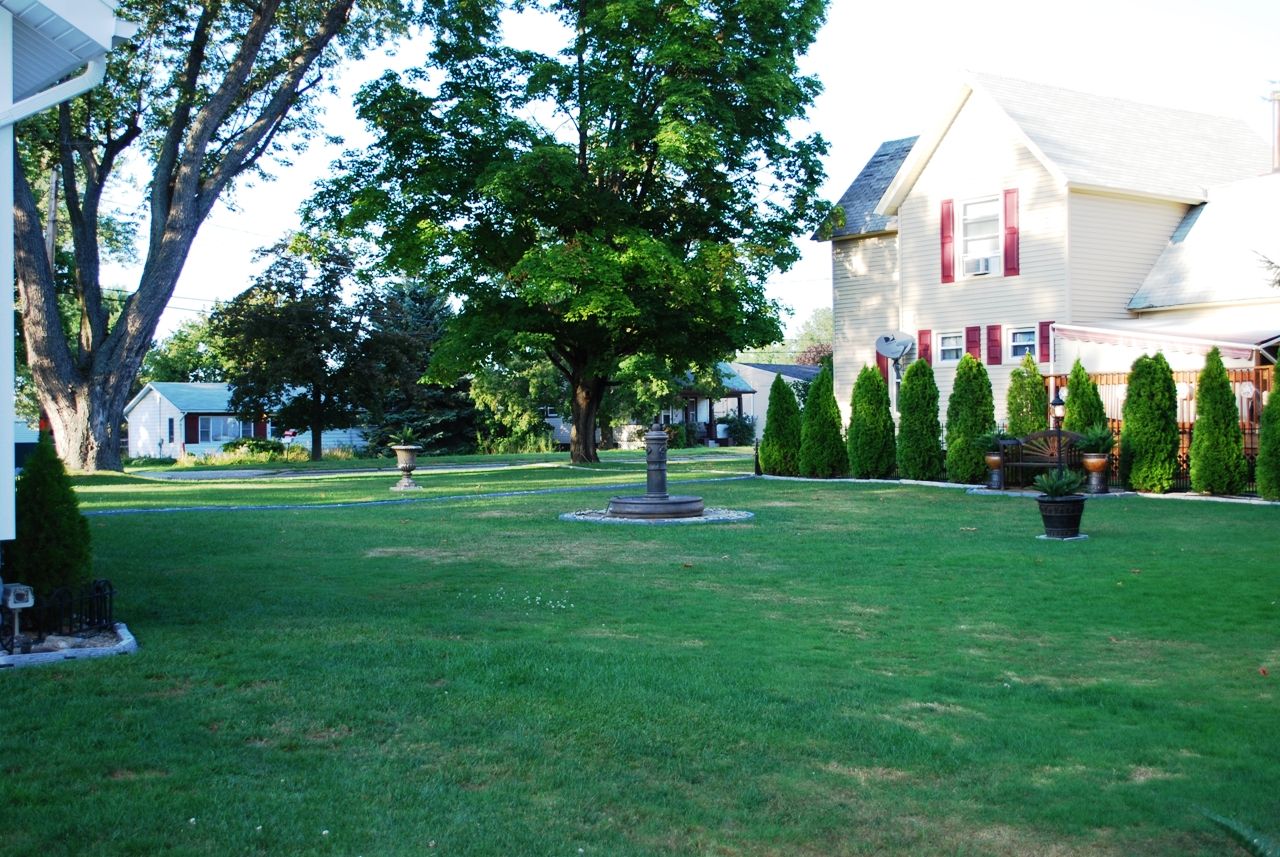
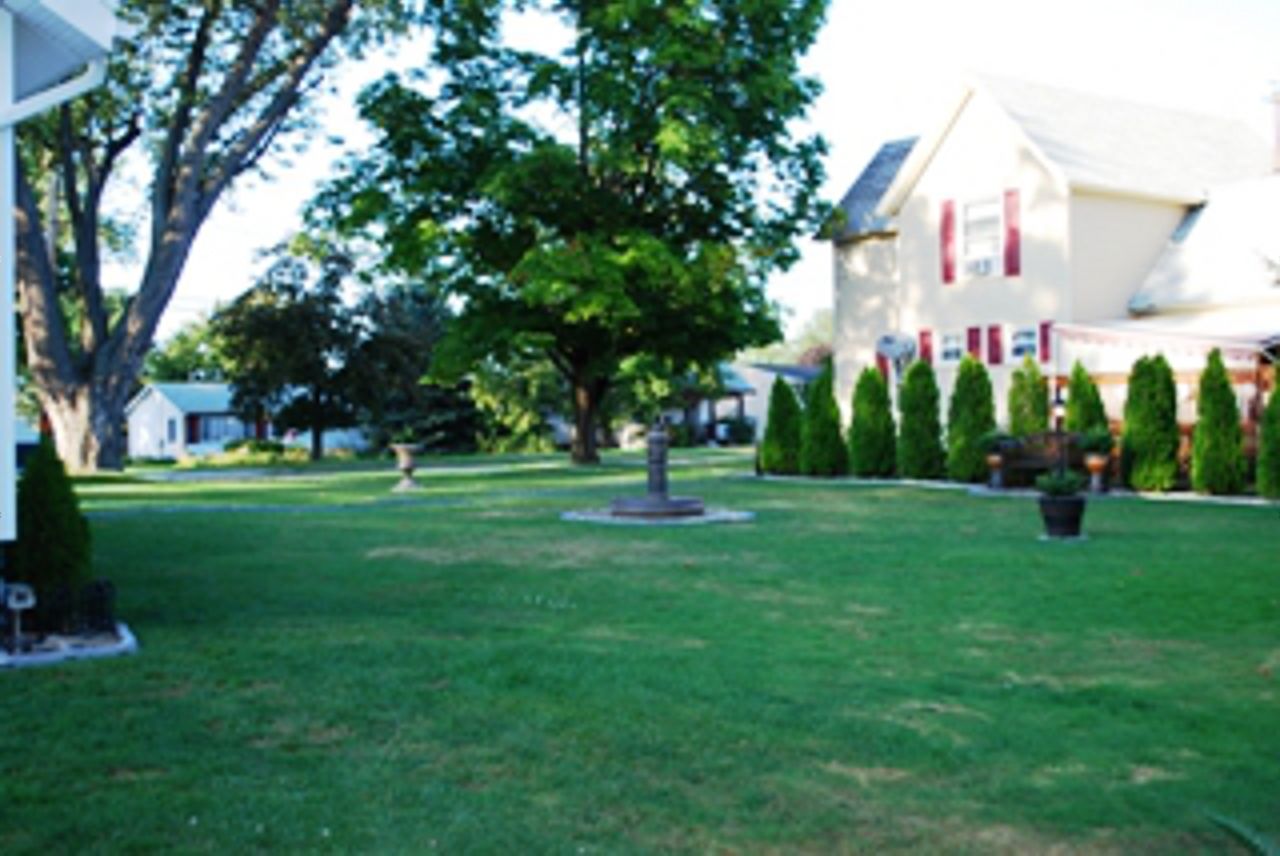
Frame rate explained:
The human eye sees fluid video at around 25 frames per second.
You can see a lot on a DVR or NVR that has just 25 frames per
second but you will see more at 30 to 60 frames per second.
The problem is you have to find a balance between what you DVR
or NVR can handle and what your network can handle if you are
doing wireless or IP / Network cameras. If you have
cameras that are on different networks you will have a hard time
getting faster frame rates and the larger the image the slower
the frame rate as well. As for NVR's and DVR's the faster
the frame rate and the ability to watch video without delay will
add to the cost of the NVR or DVR. If you consider a 4
channel DVR recording in CIF at 30 frames per second you will be
running at about 2 Mbps. Where 4 channels recording in 2MP
will be running at about 12 Mbps requiring much better hardware
and storage capacity.
Night vision explained:
Generally night vision is accomplished by
switching the cameras to black and white at night and sometimes
with the addition of IR or infra-red emitters to illuminate the
space. This works better at closer ranges. Some
cameras are designed for low light and can compensate for this,
usually with areas that are dark with lots of motion it is
necessary to use IR lighting to keep images from being blurry.
PTZ and Pan Tilt vs Fixed cameras:
PTZ or Pan, Tilt, Zoom cameras move mechanically
and can be aimed by the user. They also have a mechanical
zoom that can be zoomed in or out.
Pan Tilt cameras move around mechanically and can
be controlled by the user but do not have a mechanical or
optical zoom. Generally the newer IP or Network cameras
have a digital zoom feature which allows you to zoom in on the
image digitally mimicking a mechanical or optical zoom but it is
actually just enlarging one part of the image. This is
possible from the higher image qualities in these cameras, but
it will not give as good a picture as a camera that mechanically
adjusts a lens to zoom in.
Questions? Feel free to give us a call or
send an email to
info@c-e-tech.com
If
you are concerned with viewing construction progress, monitoring for theft, and
email or text notifications we have a solution for you.
With multiple cameras there are several options available,
including full surveillance systems with onsite recording.
Electrical, Security Cameras, Audio-Video, Smart Homes &
Networking
850-348-7788
Panama City, 30A,
Destin
Dan: Masters of
Science Information Technology, B.S. Industrial Technology
Management, 10+ Years Experience Audio-Video, Home Automation,
CCTV, Electrical
Jack: 20+ Years
Experience Electrical, Previous Technical School Electrical
Instructor
THX Level II, CEDIA
Level II, Control4, A+, Network+, Security+, Genetec
Surveillance, ONSSI Surveillance, SBCA Satellite, Fiber Optic
Association, and Multiple Other Information Technology & Audio -
Video Certifications
System Design Services

  
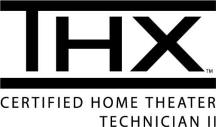



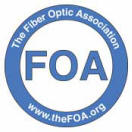

Retail License # 07-00002771
Florida Electrical Contractor's License #'s
ES12000601, EC13010439
Registered Federal Government
Contractor

|